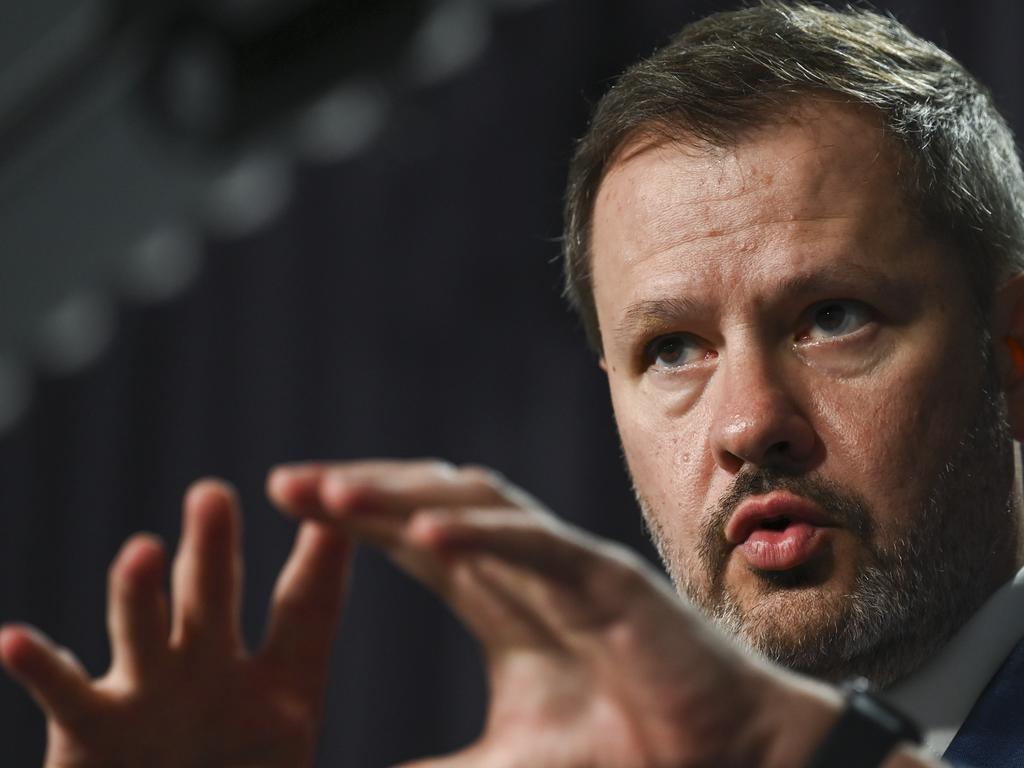There’s never been more music made, but artists still go hungry
Tech and streaming have made writing, recording and distributing a pop song easier than ever, yet reaching an audience of millions won’t necessarily make you rich.
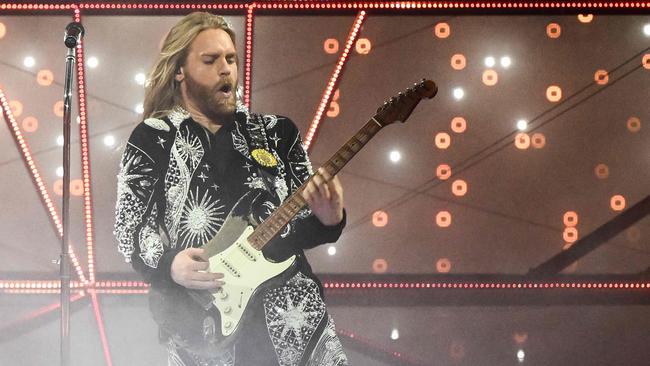
The road to success was a long one for Sam Ryder. He had been trying to get into the English music scene since he was 16, joining bands and making an album that didn’t get released. After his career petered out he worked as a builder and ran a juice bar. The pandemic, which hit when he was 30, changed his life. During lockdown, he took to “singing in the corner of my shed in front of a little green lamp on TikTok”. His flowing blond locks, bushy beard and chirpy personality worked brilliantly on the platform, and his career took off.
Now he’s everywhere. In last year’s Eurovision Song Contest he took Britain to No.2, its best performance this century. During the festive season, his You’re Christmas to Me was only just beaten by Wham!’s golden oldie. Last Christmas. to the No.1 slot. Without TikTok, he would probably still be belting out covers at weddings.
With the rise of AI, there’s an understandable fear of tech’s impact on all sorts of areas of creative endeavour, including the music industry. An alliance of musicians, from Billie Eilish to Stevie Wonder, has written an open letter asking tech companies to stop using its songs to train AI to generate music; record companies are suing AI firms for breach of copyright; the European Commission has drafted legislation to protect artists from infringement.
There are certainly dangers but it’s worth remembering tech has nearly killed the music industry in the past, and is also responsible for the huge subsequent boom. In the process, it has changed the business, making it possible for people like Ryder to come out of nowhere and take the world by storm.
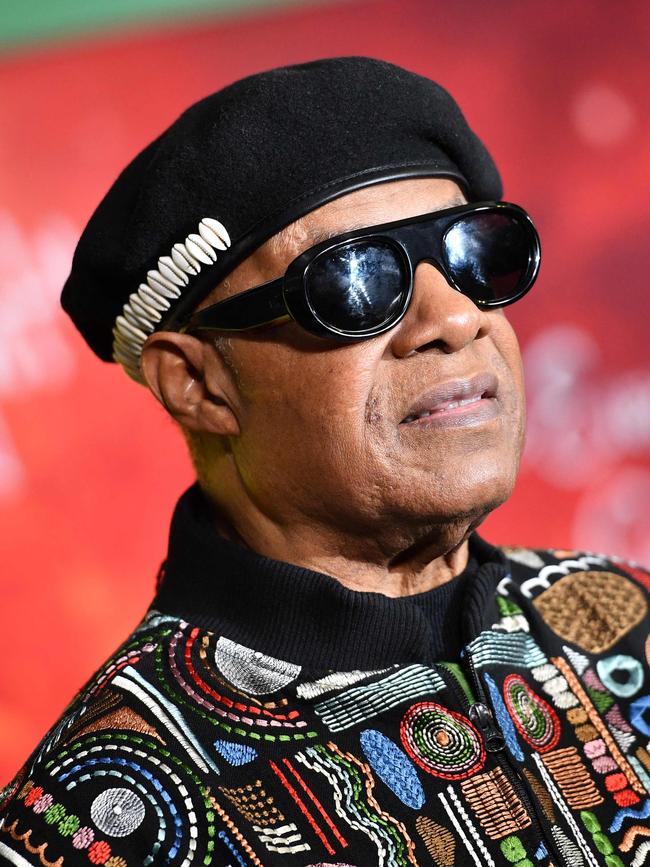
Ten years ago, the recorded music business was on its knees. Internet distribution was replacing CDs, and iTunes, the dominant player on the internet, was charging listeners 99p a song. Since digital distribution allowed songs to be copied easily, piracy went mainstream.
The industry’s revenues almost halved in the 15 years to 2014 and the record business shrivelled. Retailers such as Virgin Megastores put up the shutters and the five big record industry labels shrank to three, with Universal swallowing up EMI and Sony absorbing BMG.
Then in 2008 Daniel Ek, a Danish entrepreneur, launched Spotify, a streaming service, as a legal alternative to piracy; an easy, affordable way of getting all the music you want without breaking the law. So streaming services – in Europe primarily Spotify, in America primarily Amazon Music, but also other services such as Tidal and Deezer – provide consumers with a feast, while giving the industry a boost. Recorded music industry revenues have more than doubled since 2014. As the business has boomed, it has changed profoundly. Making, promoting and distributing music are all quite different to how they were.
“Fifteen years ago,” says Will Burgess, of Practise Music, a management company, “if you wanted to record a song you needed two days in a studio.” That would have cost $800 a day, and the producer another $200 a day. “That’s the cost of a laptop, on which you can make unlimited amounts of music today.”
These days you don’t need to be able to play a musical instrument to be a musician, and you don’t need a studio. All you need is a computer. “I’ve created songs that have gone to No.1 in my daughter’s bedroom downstairs,” says Crispin Hunt, former lead singer of the Longpigs and now a songwriter who has worked with Lana Del Rey, Rod Stewart and Ellie Goulding.
You can sketch out a musical idea on a laptop, you can add instrumentation, you can record your own vocals. If you want to collaborate with others around the world, no problem: Hunt is working with a guitarist in Santa Fe, to whom he sends a rough version of the song; his collaborator sends him back a guitar track.
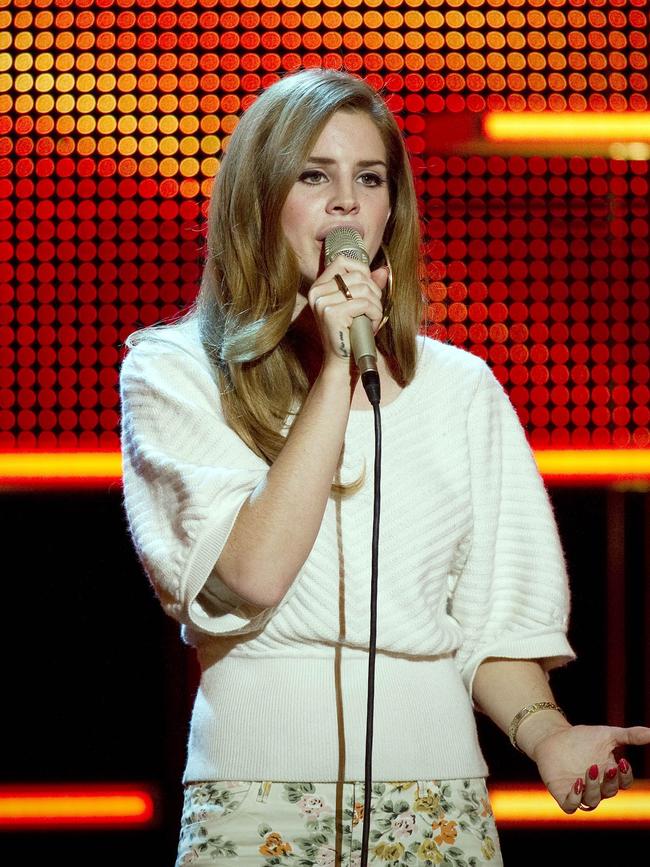
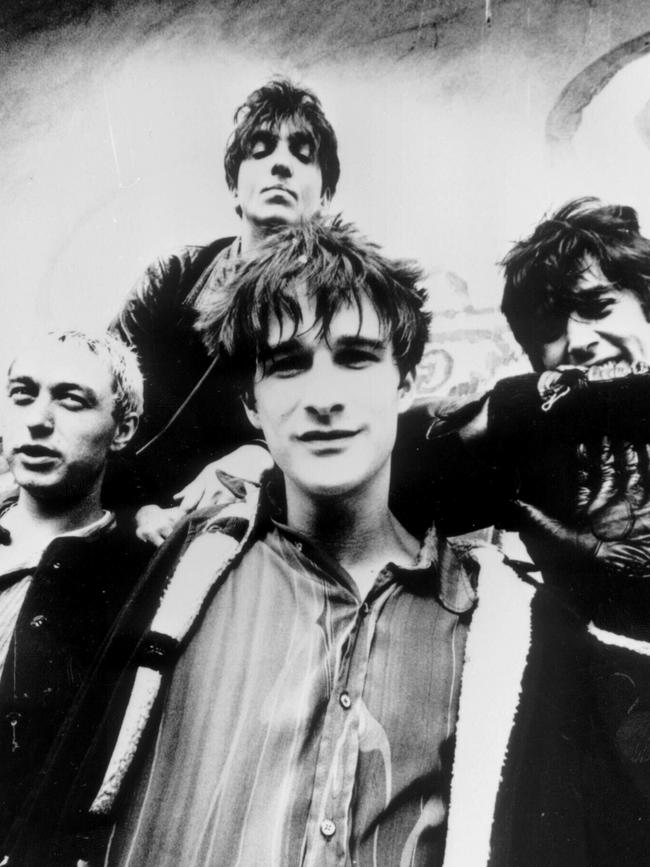
Special effects software can give your music all sorts of subtle vibes. For $450, for instance, you can make your song sound as though it was recorded in Sound City Studios in Los Angeles, on the $30,000 vintage microphones with the $150,000 mixing console that recorded Fleetwood Mac and Nirvana. For about $425 you can simulate the Beatles’ Abbey Road Studios.
In the past, when you assembled all the tracks for a song, it would have to be mixed and mastered in a studio by a sound engineer adjusting the levels. An app will do all that for you.
Once you’ve recorded your song, you have to promote it. In the analogue world, musicians had to rely on word of mouth or on their record labels to get them on the radio or in the press. Music journalists and magazines were hugely influential, as were radio stations.
What matters these days is social media. The artists-and-repertoire people at record companies who would once have hung out in basement clubs scouting for new talent now sit in meetings examining the data on artists’ social media performance.
Some artists thrive on social media. It suits lively, quirky performers such as Ryder, and artists who want to experiment with different genres. More traditional musicians struggle with some aspects of tech. “We get together,” says British singer-songwriter Luke Sital-Singh of his contemporaries in the business, “and have a little moan about how everyone’s telling us to do TikTok and we can’t bring ourselves to dance and we feel old and decrepit.” Even digital natives struggle sometimes, some already having nostalgia for a simpler past.
The way music is distributed has changed even more than the way it is made and promoted. In the past, to distribute music you had to manufacture records or tapes or CDs and get them to shops. The costs were high, not just of manufacturing the goods but also of shifting them. In the major stores, your record label would have to pay for shelf space; getting the records out to independent stores, which would stock only a few copies, used up a lot of shoe leather.Now, all you need to do is get the files uploaded to streaming services. If you are signed with a label, they will do that for you, but you don’t need a record deal to do that.
There are companies such as DistroKid that act as postmen: for about $35 a year, you can ensure the song you created in your bedroom is available on multiple streaming platforms. That’s like printing unlimited records and having somebody ship them to every record shop in the world for about the (inflation-adjusted) price an album would have cost you in the 1970s.
As well as lowering the barriers to entry into the music industry, digital technology has destroyed borders. Before digital tech, while top American and British artists were available everywhere, most of the stock in record shops was locally produced. Now the whole world’s music is available everywhere, there’s a greater diversity among top-selling artists.
Ali Sethi, for instance, was a niche musician writing modern takes on traditional Pakistani songs. Then in 2022, after a performance in India was cancelled because locals threatened to burn the studio down if it employed a Pakistani musician, he released Pasoori, a song about a troubled relationship that is also a metaphor for the tensions between Pakistan and India.
People making videos of themselves performing or dancing to the song on TikTok helped propel it to the stratosphere. It has been streamed a billion times. Sethi now plays to packed venues in America and Europe; last year, he performed at California’s legendary Coachella festival. “Without digital technology I would be a South Asian indy musician, working on the fringes of Bollywood,” he says from his home in New York.
For consumers, the new economics of music is unambiguously great. They get easily affordable access to all the world’s music. The more obscure people’s tastes, the greater the benefit streaming services provide: in the old days, satisfying your desire to listen to medieval plainchant, Sufi ghazals or Congolese jazz would have been both expensive and difficult. Now you can have as much niche as you like.
For musicians, it’s more ambiguous. Because the costs of making music are lower, anybody with ambition can have a go. Many more people, as a result, are getting into the music business.
That makes the business fiercely competitive. As Will Page, former chief economist at Spotify and author of Tarzan Economics, points out, around 100,000 tracks are being uploaded on to Spotify every day: that’s more than were released in an entire calendar year in the 1980s. It’s easy to make music these days but it’s hard to get heard.

That has cemented the power of the record companies. When the digital revolution started, it was widely expected that record labels would cease to exist, and be replaced by a model in which everybody promoted and distributed their own music. That’s not what has happened: because it’s so difficult to get noticed, embryonic stars need record labels to promote them. A label invests in the production of the music, the styling of the band, video content, interviews, touring and the crucial business of getting a song on a streaming service’s playlist that suggests the song to listeners to suit their tastes. Artists who are signed with major labels get paid more, per stream.
The idea that artists have been liberated from record companies by the internet is illusory. Three-quarters of streamed tracks have one of the major record labels behind them. And even though streaming is booming, it doesn’t contribute much to the incomes of the vast majority of artists. As Will Page puts it, “there’s more money in the business, but there are more mouths to feed”.
Most artists stay hungry. A single stream will earn a musician anywhere from 2-5 cents. Crispin Hunt reckons that on average a million streams for a song – a wild ambition for most musicians – will, if you have to pay a cut to a record company, probably make you $2000.
The opacity and complexity of the royalties system feeds discontent. There is much dispute about who gets what and why. Dave Rowntree, drummer with the band Blur, who is now a Labour parliamentary candidate in this year’s UK general election, is mounting a legal challenge to Britain’s Performing Rights Society on behalf of all songwriters. He reckons the society favours publishers over writers.
Even if streaming doesn’t pay much, it helps build a career. Patrick Fitzgerald says his rock band, Deathcrash, has “a dedicated fan base, which buys a lot of merch. We don’t stream that well, but the algorithm (which selects new music for listeners on the basis of their taste) is a great way to garner new fans”. For some, it helps planning gigs because you can see where your listeners are. For most bands, the economics of live performance are pretty grim.
The cost of travel, a sound engineer, a tour van, a driver, fuel and hotels adds up.
Not that everybody who is making music expects to make a living from it. According to a survey by Midia Research, more than two-fifths of artists who release their own music aren’t expecting to make a full-time career. They’re in it for fun, for the love of it, or to be able to show their mum that they have released a song on Spotify.
Perhaps the most interesting question is what tech is doing to the quality of music. It’s also the hardest to answer. It seems likely that the more music is being created, the greater the chance wonderful tunes are being written, but it’s not necessarily the case. The best stuff might get buried under a mound of mediocrity.
Each generation brings forth new talent and each generation looks down on the tastes of the next one. Just as people born in the jazz era thought rock was rubbish, so the children of the ’60s tend to dismiss hip-hop. If the oldies are lasting longer than they used to, that’s in part because digital technology gives a new generation easy access to the older generation’s music.
We have no objective measure of quality. We can’t tell which of the millions of songs released every month will stand the test of time. But what we do know is that people can make music and listen to it more cheaply and easily than they have ever been able to; and, since music is one of life’s great pleasures, that is a good thing.
The Times


